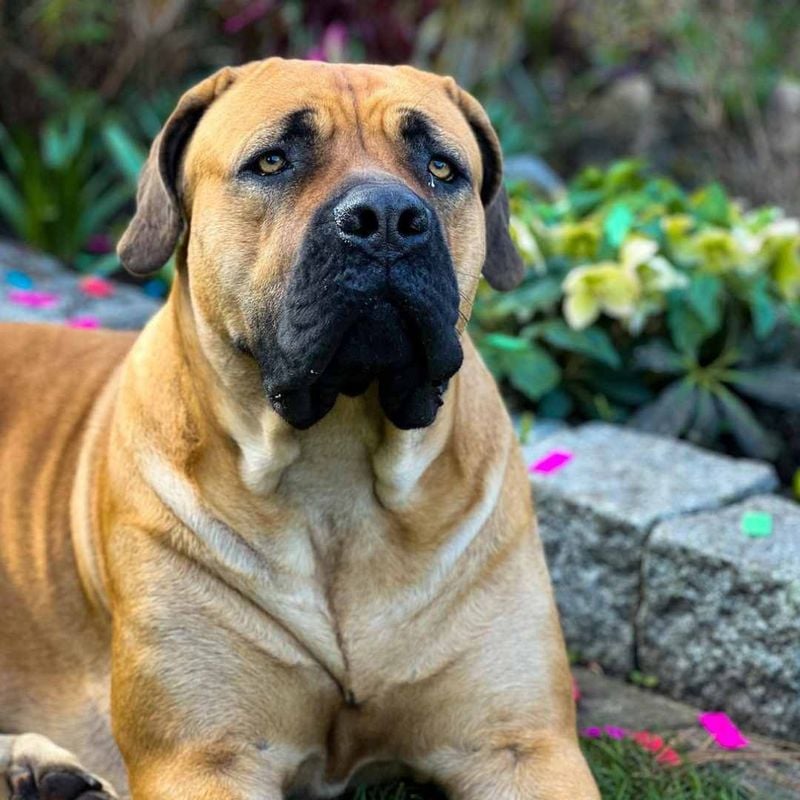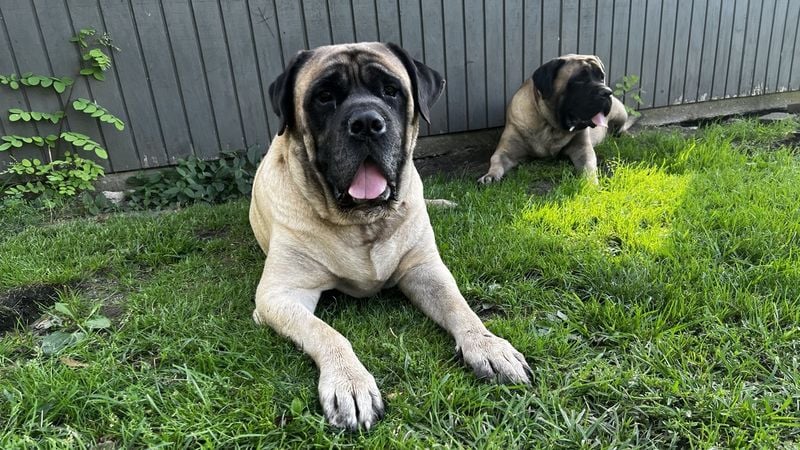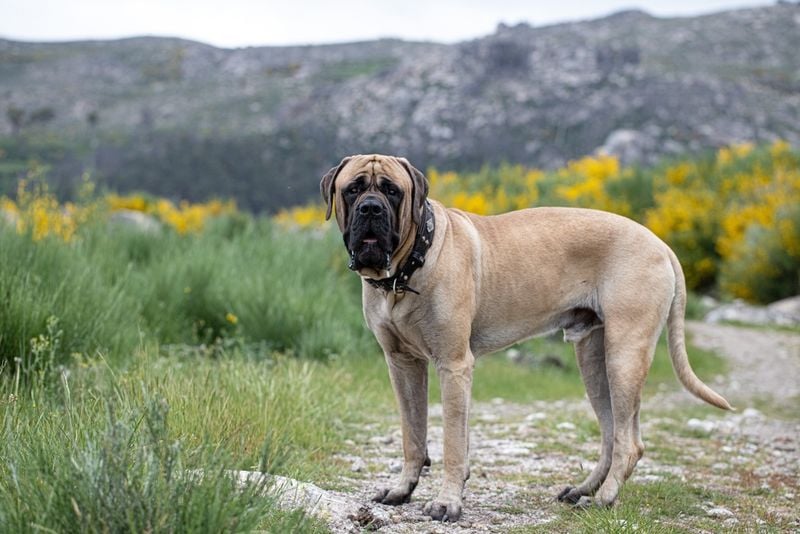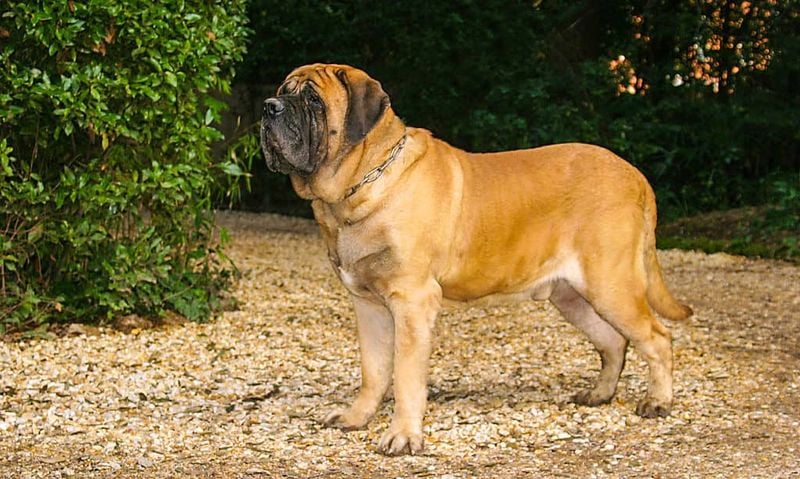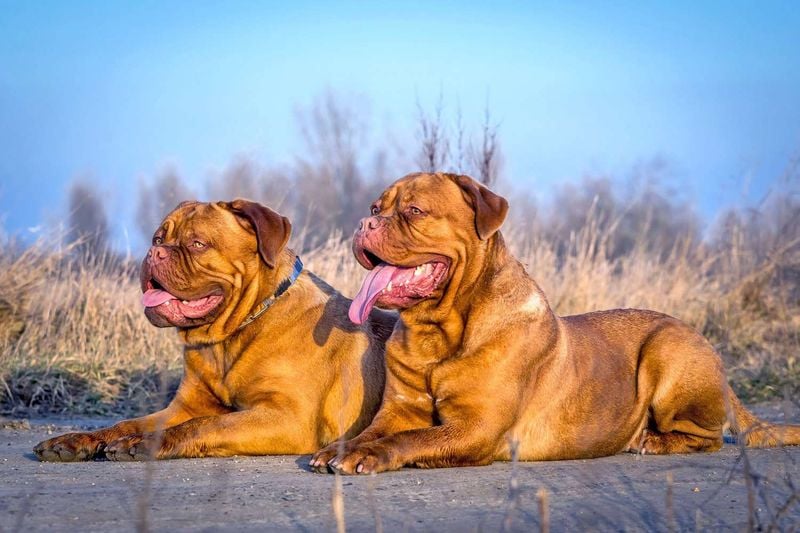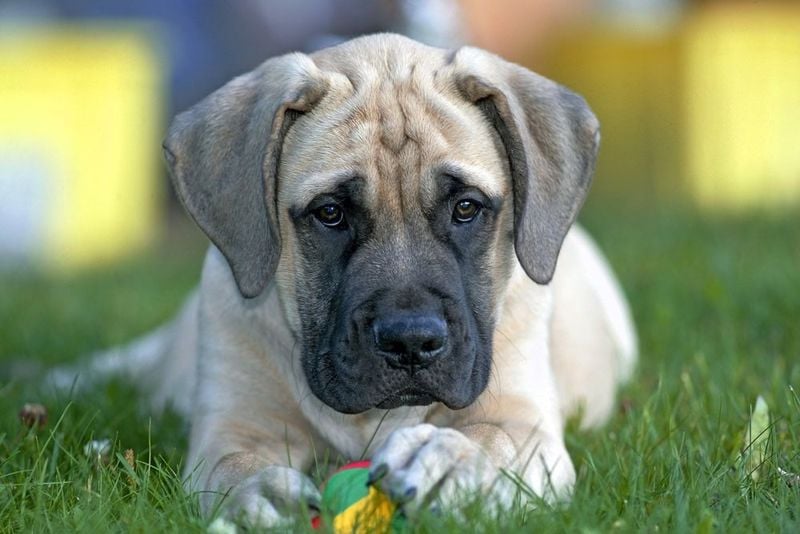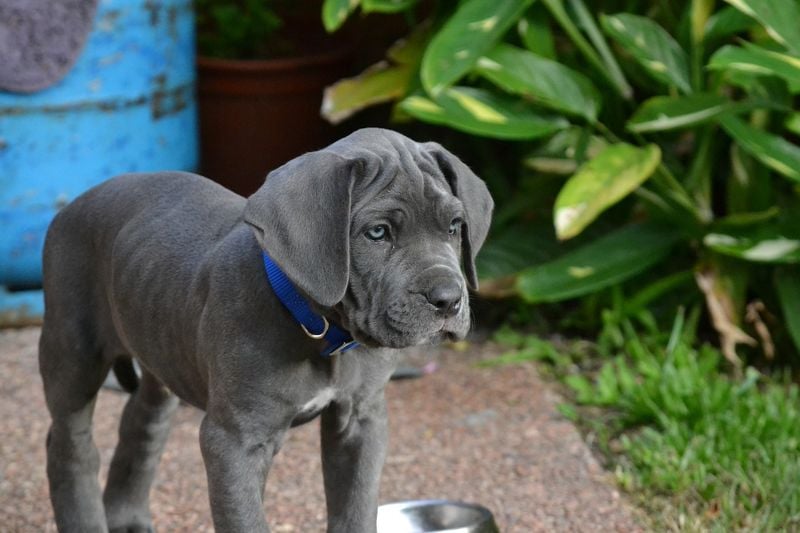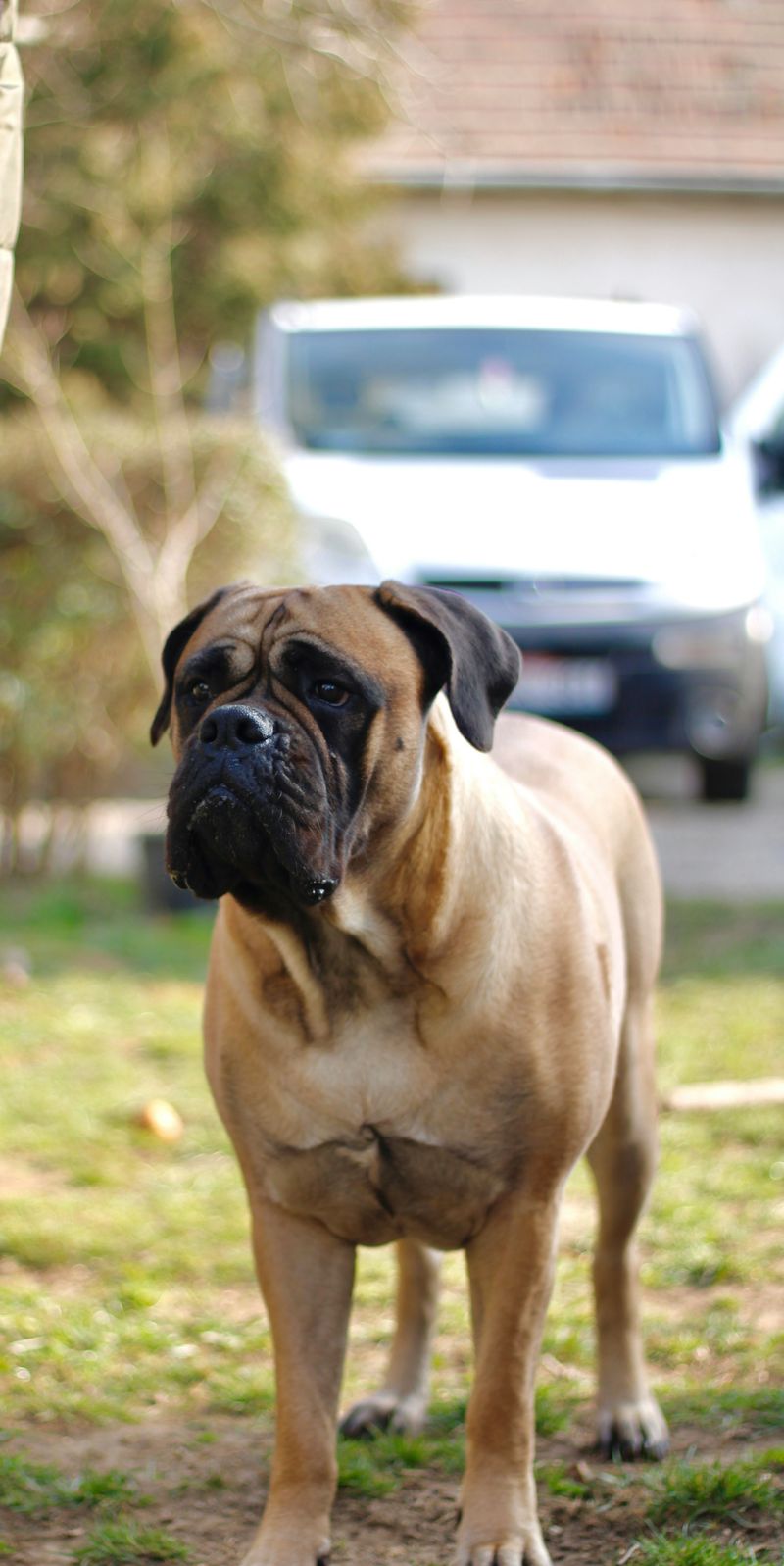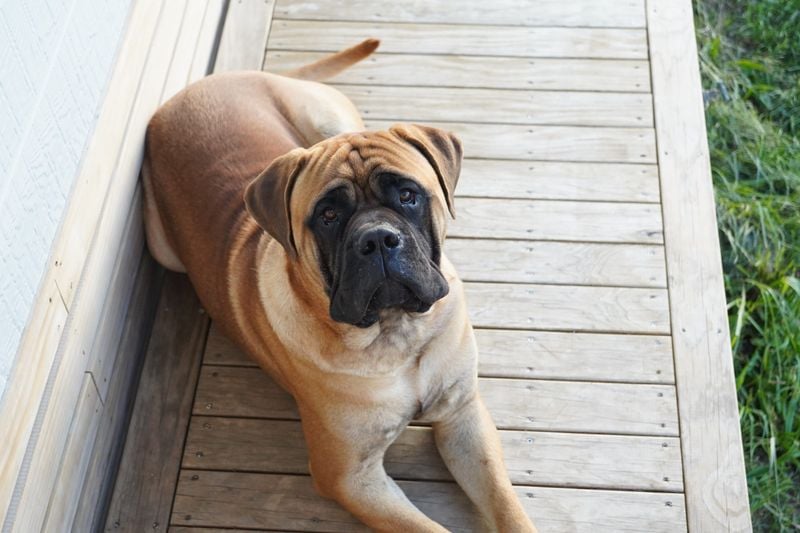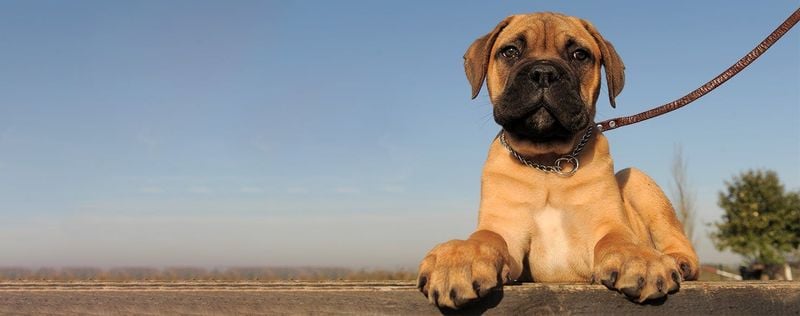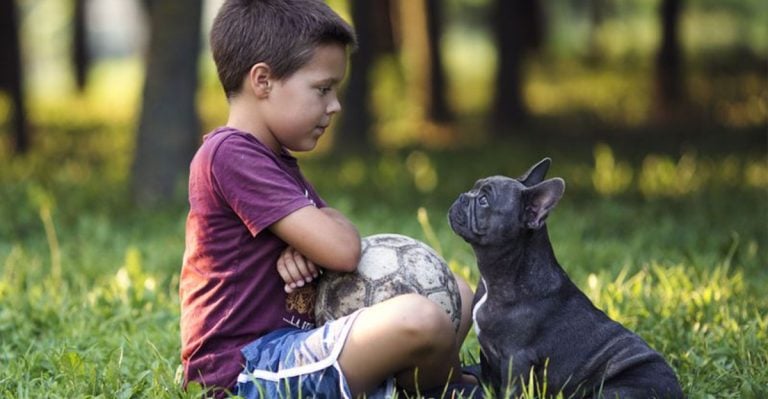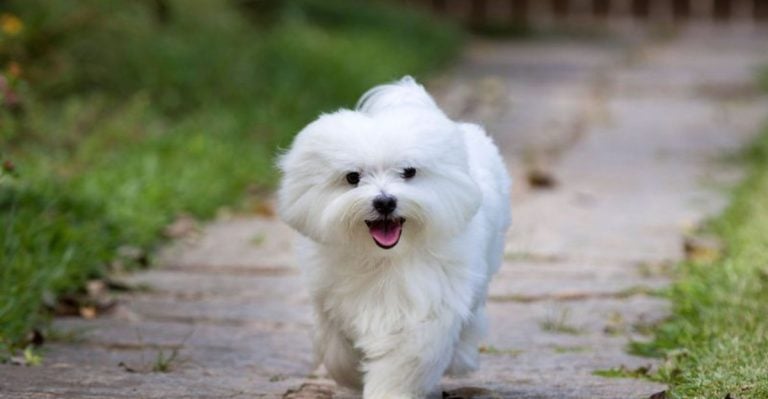7 Reasons to Love Mastiffs and 7 That Might Make You Think Twice
Mastiffs are the kind of dog that stop people in their tracks. Towering, muscular, and stoic, they exude a powerful presence that’s hard to ignore. But behind that massive frame is often a mellow heart—a gentle, loyal companion who’d rather snuggle on the couch than chase after a ball. Their calm demeanor, natural protective instincts, and deep affection for their families make them a top choice for those seeking a devoted and dependable canine companion.
Yet, owning a Mastiff isn’t for everyone. Their sheer size alone can present challenges, especially in smaller living spaces or households not prepared for 200-pound houseguests. From heavy drooling and high food costs to potential health issues and a notably short lifespan, these dogs come with some serious considerations. And while they may not require as much exercise as other large breeds, training a Mastiff still requires patience, consistency, and a firm but loving approach.
Whether you’re captivated by their noble nature or simply drawn to their teddy bear temperament, it’s important to get the full picture before bringing a Mastiff into your life. Are they truly gentle giants—or gentle giants with a few caveats? This article breaks down both sides of the story with seven reasons why people adore Mastiffs, and seven reasons others may want to look elsewhere.
If you’re on the fence about adding one of these majestic dogs to your family, read on to discover the many ups—and a few potential downs—of life with a Mastiff. Understanding what to expect can help ensure a happy match between you and one of the dog world’s biggest and most beloved breeds.
1. Family-Friendly Companions
Despite their intimidating size, Mastiffs possess hearts of gold when it comes to family life. Children often become their special buddies, with many Mastiffs showing remarkable patience during playtime. Their protective instincts naturally extend to the smallest family members.
Many owners report their Mastiffs functioning as living pillows during movie nights. These giants form deep emotional connections with their humans, often following their favorite people from room to room. The bond develops quickly and lasts a lifetime.
2. Built-In Home Security
A Mastiff’s mere presence can deter potential intruders without aggression. Their deep, rumbling bark alone signals that something massive awaits inside. Weighing up to 230 pounds, these dogs make impressive visual deterrents just by standing in the window.
Historically bred as guard dogs, they possess natural protective instincts. Mastiffs don’t typically attack without reason – their strategy involves placing their substantial body between danger and their family. Their protective nature doesn’t require extensive training; it comes standard with these magnificent guardians.
3. Low-Maintenance Grooming
Blessed with short, dense coats, Mastiffs spare owners from hours of brushing sessions. A quick weekly once-over with a rubber grooming mitt removes loose hair and distributes natural oils. Their fur naturally repels dirt, making bath time an occasional rather than weekly event.
Unlike some double-coated breeds, Mastiffs don’t experience dramatic seasonal blowouts. The minimal shedding makes them suitable for families with mild allergies. Basic ear cleaning, nail trimming, and dental care round out their simple grooming routine – leaving more time for cuddles and less time cleaning up fur tumbleweeds.
4. Couch Potato Exercise Needs
Forget marathon training sessions – Mastiffs prefer the slow lane. Two moderate walks daily, totaling about 30-45 minutes, typically satisfies their exercise requirements. Their energy comes in short bursts, followed by extended recovery naps.
Young Mastiffs enjoy playful romps but quickly outgrow the puppy zoomies. By adulthood, most prefer quality sniffing time to high-intensity activities. Their exercise needs align perfectly with busy families or seniors seeking companionship without exhaustion.
Mental stimulation through food puzzles or basic training often proves more valuable than physical exertion for these thoughtful giants.
5. Unwavering Loyalty
Mastiffs embody dedication in its purest form. Their devotion manifests not through clinginess but through a constant, reassuring presence. Ancient Romans documented their loyalty in battle, where Mastiffs would stand guard over fallen soldiers.
Modern Mastiffs transfer this historical trait to family life. They develop intuitive understanding of their owners’ emotions, often providing comfort during difficult times. Their protective instinct extends beyond physical threats to emotional support.
Once bonded, a Mastiff’s allegiance remains unshakable. They remember kindness forever and forgive easily – qualities that make the relationship with these noble giants profoundly rewarding.
6. Peace and Quiet Guaranteed
Apartment dwellers rejoice – Mastiffs rarely disturb the peace with unnecessary barking. Their quiet confidence means they typically vocalize only when truly warranted. Many owners report going days without hearing their Mastiff bark at all.
Inside the home, these giants move with surprising grace despite their size. They develop an awareness of their bulk and carefully navigate around furniture and decorations. Their calm energy creates a serene household atmosphere.
Evening hours find most Mastiffs contentedly snoring in their favorite spot rather than pacing or seeking entertainment. This tranquil temperament makes them excellent companions for those valuing peaceful coexistence.
7. Harmony With Other Pets
Properly socialized Mastiffs often develop surprising friendships with household cats and smaller dogs. Their gentle nature allows them to recognize their own strength, adjusting play style accordingly with smaller companions. Many become protective of their feline housemates.
Early introductions yield the best results. Mastiff puppies raised with other animals typically grow into respectful adult dogs. Their patient temperament means they rarely instigate conflicts.
Country homes often find Mastiffs peacefully coexisting with livestock. Historical records show them guarding farm animals from predators while treating them with remarkable gentleness – a trait that continues in modern Mastiffs given proper training.
1. Heartbreakingly Brief Lifespan
The cruel reality of giant breeds hits Mastiff owners hard – these magnificent dogs typically live just 6-10 years. Their massive frames age faster than smaller breeds, with senior symptoms often appearing around age 5. Many owners find themselves facing difficult health decisions while their dog seems still young.
Heart conditions, cancer, and joint deterioration commonly cut short these precious lives. The financial and emotional toll of watching a beloved Mastiff age rapidly cannot be overstated.
Experienced Mastiff owners often say the greatest challenge isn’t training or feeding – it’s preparing your heart for an inevitably early goodbye to a deeply bonded companion.
2. Space Requirements Are Enormous
Adult Mastiffs require significant square footage simply to exist comfortably. Their massive frames need space to turn around, stretch out, and navigate without constantly bumping into furniture or walls. A small apartment quickly becomes an obstacle course for these giants.
Outdoor areas should match their indoor accommodations. A postage-stamp yard provides little room for even modest exercise or bathroom breaks. Their powerful tails can unintentionally clear coffee tables with a single wag.
Vehicle transportation presents another spatial challenge – most Mastiffs cannot fit comfortably in standard sedans. SUVs or minivans become necessity rather than luxury for families with these magnificent space-consumers.
3. Budget-Busting Expenses
Owning a Mastiff transforms your household budget dramatically. Food costs alone can reach $100-150 monthly for quality nutrition that supports their massive frame. Many require special orthopedic beds costing upwards of $200 that need regular replacement as they wear down.
Veterinary care escalates with size – medications, procedures, and preventatives all scale up proportionally. Simple surgeries can cost double what they would for medium-sized breeds due to anesthesia requirements and recovery complexity.
Even routine supplies demand premium pricing. Specialized harnesses, collars, and leashes strong enough for their power come with hefty price tags. The financial commitment extends far beyond the initial purchase price of these magnificent giants.
4. Slobber Factories
Mastiff ownership requires embracing a perpetually damp lifestyle. Their pendulous jowls collect and distribute moisture generously throughout your home. After drinking water, these gentle giants transform into walking sprinkler systems, flinging droplets across impressive distances.
Strategic placement of drool towels becomes second nature. Many owners stash cleanup cloths in every room and carry extras when traveling. Clothing choices evolve to favor dark, patterned fabrics that camouflage the inevitable moisture marks.
Visiting friends quickly learn the “Mastiff shake” – the distinctive full-body motion that sends saliva flying in all directions. The slobber factor alone eliminates many potential owners who might otherwise adore these magnificent dogs.
5. Health Issues Abound
Mastiffs carry a concerning genetic blueprint for various health conditions. Hip and elbow dysplasia affect many, leading to early arthritis and mobility challenges. Their deep chests make them susceptible to bloat – a potentially fatal condition requiring emergency surgery.
Heart problems, particularly dilated cardiomyopathy, appear frequently in bloodlines. Eye conditions like entropion and ectropion often require surgical correction. Their massive size puts extraordinary pressure on joints, increasing the likelihood of cruciate ligament tears.
Obesity compounds these issues, yet weight management proves challenging due to their naturally slow metabolism. Responsible ownership means budgeting for regular veterinary monitoring and potential specialty care throughout their lives.
6. Stubborn Training Challenges
Behind those soulful eyes lies a mind that makes independent decisions about which commands warrant compliance. Mastiffs possess intelligence but lack the eager-to-please nature of retrievers or herding breeds. Training sessions require creativity and patience rather than repetition.
Food motivation helps but can’t overcome their fundamental stubbornness when they’ve decided against an activity. Their size compounds training difficulties – a 200-pound dog that decides to plant its feet becomes essentially immovable.
Housetraining often progresses slowly, with many Mastiffs not fully reliable until 12-18 months of age. The combination of physical strength and mental independence means training challenges persist well beyond puppy classes into adulthood.
7. Overwhelming For Novices
First-time dog owners often underestimate the learning curve with Mastiffs. Their sheer strength means even basic leash walking requires technique and confidence. A momentary distraction can result in a novice handler being pulled off balance.
Socialization demands particular finesse. Their protective instincts require careful management in public settings. Without experienced guidance, new owners may inadvertently reinforce undesirable behaviors during the critical developmental period.
Health emergencies prove especially challenging for beginners. Recognizing subtle symptoms in a stoic breed requires knowledge that comes with experience. The combination of size, strength, and complex needs makes Mastiffs poor starter dogs despite their gentle temperaments.

